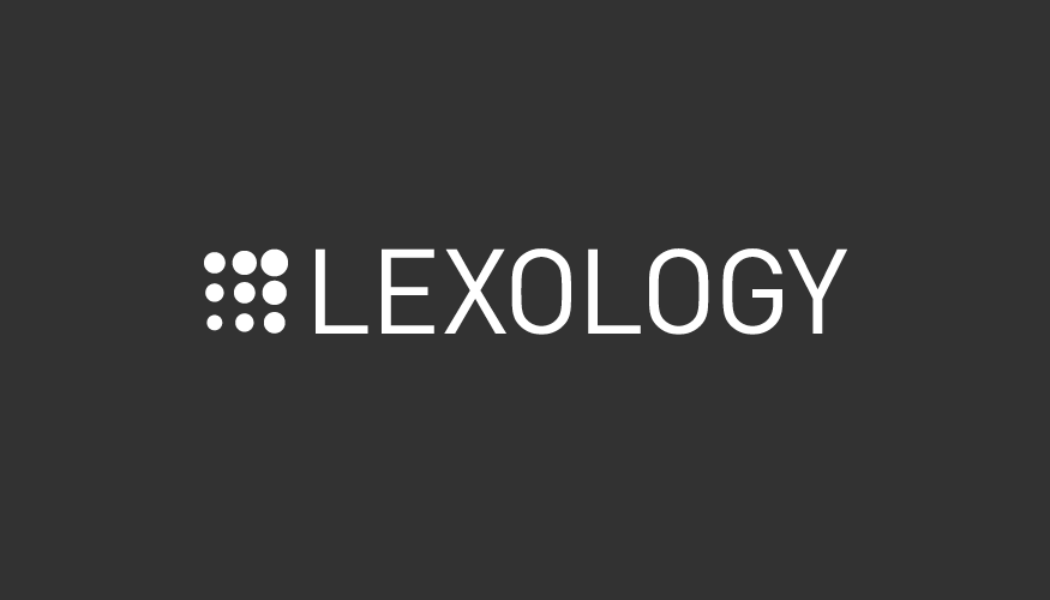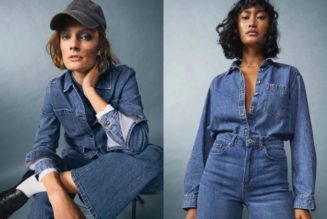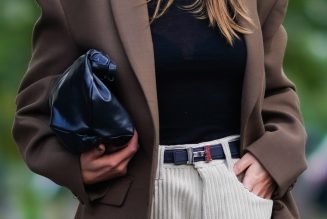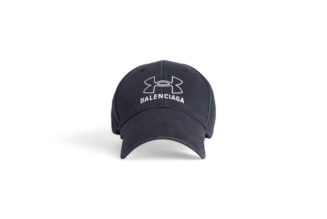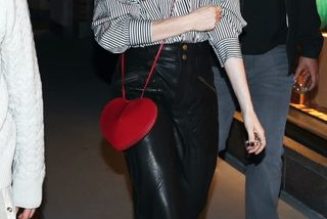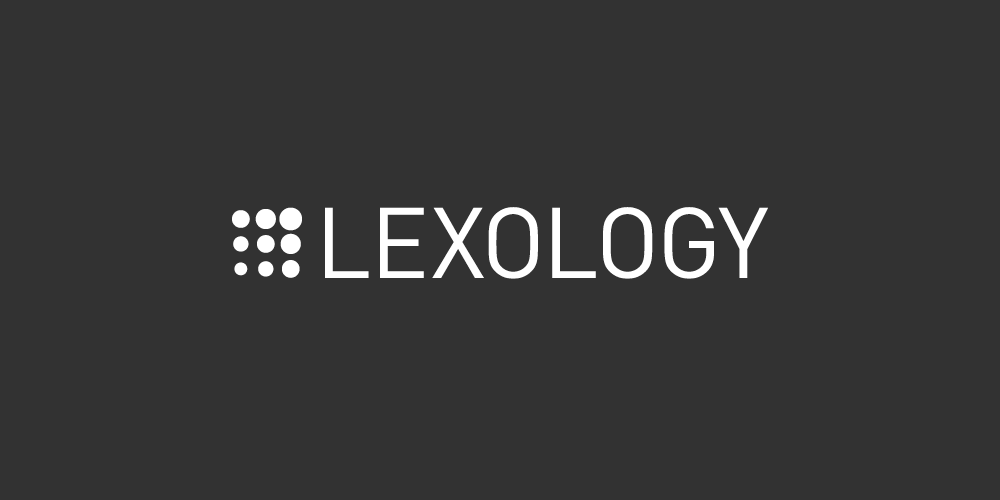
This article is an extract from GTDT Luxury & Fashion 2023. Click here for the full guide.
Although starting to find its feet again in 2021 and 2022, the global fashion industry still faces enormous challenges from supply chain disruption, patchy demand, rapid change across marketing and distribution channels, increased regulation and consistent pressure on the bottom line. Added to the mix in 2023 were rapidly rising inflation, higher interest rates and geopolitical tensions amidst the war in Ukraine. While these pressures have taken their toll, brands continue to adapt to the new world of evolving market landscapes, customer demand and digital innovation.
The fashion industry posted a 20 per cent decline in revenues in 2019–20, with 69 per cent of companies showing a loss and around 7 per cent of companies leaving the market entirely, either due to financial distress or because they were bought by rivals, according to McKinsey. In 2021, China was the standout performer, as its economy recovered more quickly than other countries, but in 2022 growth slowed even in China, as the zero-covid policy continued and consumers tightened their belts due to rising inflation – painting a somewhat sombre picture for 2023. Most executives expect the fashion market to grow in 2023, but at a slower rate as inflation impacts both retailers’ costs and consumers’ desire to spend. Luxury may show more resilience than the rest of the market, with consumers of luxury goods less impacted by inflation and eager to travel (driving revenues from airports and tourism destinations, mainstays of luxury retail sales). But even in the luxury market, regional differences remain, and brands should carefully consider their regional priorities in 2023.
If inflation poses the most significant threat to the fashion industry in 2023, sustainability continues to present an opportunity for brands to distinguish themselves. Environmental, social and governance (ESG) has become an even more significant force in the sector. We are seeing increased scrutiny of the supply chain and the workforce, with regulators and consumers demanding transparency throughout the manufacturing and distribution chain. While socially conscious supply chain statements were initially embraced by luxury brands and often demonstrated as part of the brands’ heritage credentials, those statements are now being introduced by value brands as a means of connecting with a younger demographic. While the tension between fast fashion and sustainability is lessening, the fashion industry still has much work to do in this area. Brands must show actual change, as false or misleading advertising of sustainability efforts can lead to regulatory and consumer backlash that far outweighs the benefits that were hoped to be obtained.
Not unrelated to ESG, ownership models are continuing to change, particularly among younger consumers. Garment rental is growing through sites such as My Wardrobe HQ, Rent the Runway and Wardrobista, while pre-owned fashion sites like Vestiare Collective, Vinted and Poshmark provide a way to own high-end brands at affordable prices through sites. This model offers a way for the fashion industry to reduce its environmental impact; however, this is just a drop in the ocean, and a global systematic closed-loop recycling system is needed in the longer term.
Authentication has long been an issue for the fashion industry—an issue exacerbated by the rise in e-commerce. Counterfeit goods are becoming more convincing, and those responsible for their production are becoming ever more adept at evading capture. Increasingly, online platforms, including social media sites, must be relied upon to police the advertising and sale of counterfeit goods. Blockchain is now being used to guarantee the provenance and ownership of high-value items, in an attempt to build trust and consumer confidence, and its use is being extended to certifying materials, dyes and individual garment serial numbers.
Fashion brands also face the challenge of achieving a balance between giving consumers control over their data and digital lives, and, at the same time, providing access to affordable and relevant products and services. As new and highly punitive regulations come into force across the world, it is clear that data privacy is a topic of great interest to regulators and one that can tarnish reputations and hit profits if ignored. And in 2023, we are expecting more investment in marketing, as brands will have to be less reliant on certain types of collected data and more focused on other ways to monitor and generate consumer interest.
The fashion industry is investing heavily in digital innovation. Digital assets such as non-fungible tokens have seen an explosion in popularity, and partnerships between established fashion brands and the gaming community are being established as a means to tap into this opportunity and attract a younger demographic. The move to reduce the number of clicks to the point of sale has seen the development of ‘in-app’ social commerce, and this will continue to grow during 2022. Virtual commerce (VC) has been embraced, particularly in Asia-Pacific countries, as a means to enjoy high levels of personal service from luxury brands without leaving home. The luxury sector provides an excellent example of how innovative businesses were able to pivot and create services in response to their customers’ inability to travel. Influencers continue to be an important driver of sales. However, their ambit is increasingly being curtailed, as regulators seek to increase the transparency of influencers’ involvement in promotional activity. As the digitisation of the fashion industry continues apace, so does the threat of cyberattacks. Ensuring adequate protections to protect customer data, IP and other assets from loss, accidental sharing or ransomware remains a concern.
After an increase in metaverse-related initiatives in fashion in 2021 and 2022, 2023 should herald near-term challenges and experiences in shopping. Retailers are incorporating artificial intelligence and data in uses such as virtual fitting rooms or intelligent service chatbots. E-commerce rates are normalising as digital marketing costs grow, and brands have focused again on brick-and-mortar; in 2022, physical store openings in the US exceeded the number closures for the first time since 2019. In 2023, retailers will focus on ‘omnichannel’ experiences, whereby retailers engage consumers through communication in personalised messages through various channels, both physical and digital. This focus will further integrate digital advances and strategies with physical spaces to achieve a unified customer journey.
Global supply chains were perhaps the biggest losers during and after the pandemic. Events such as floods in Pakistan and covid lockdowns in China constrained production during 2022. To navigate uncertainties, fashion companies will continue to diversify sourcing in their supply chain, while considering ‘nearshoring’ to locate their manufacturing hubs closer to their domestic consumers. But workforce shortages are expected to remain a challenge no matter where production is located. Additionally, brands are looking to strengthen their manufacturing partnerships with greater communication and understanding to more nimbly respond to price fluctuations.
The fashion industry is likely to face new and existing challenges in 2023 – but agility, and the ability to adapt and evolve with ever-changing consumer demands will continue to be key attributes needed for fashion companies to weather the storm. Many could not have foreseen the need to harness technology to the extent that has been necessary, while others were caught off guard by the rapid adoption of the sustainability agenda. Success will come to those willing to embrace a degree of risk, perhaps having one foot in established marketing and distribution channels and the other foot in the metaverse, with a virtual shopfront. Brands that can embrace change and closely follow their customers’ preferences will be the winners in this market.
